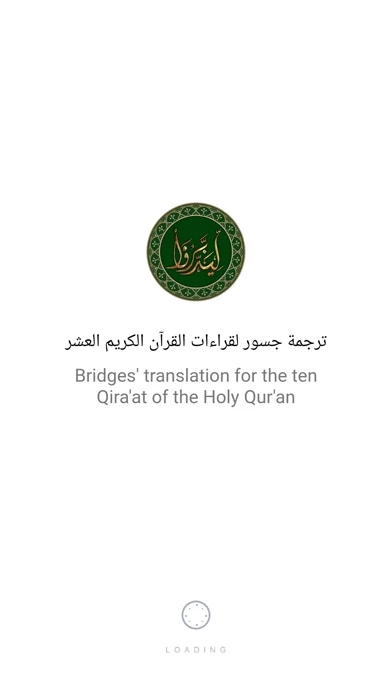3- To denote whether a pronoun like “you” or an imperative verb like “say” is plural, dual or singular, the translators did not impose their understanding on the reader by adding text between brackets like (O Prophet) to denote singular form, or (O mankind) to denote plural form.
Likewise, imperative verbs such as “say” are expressed as saypl for a plural verb, saysg for a singular verb and saydl for a dual verb.
It must be noted that in the Qur’an most imperative verbs in the singular form are meant to address Prophet Muhammad (peace be upon him).
2- It is the first translation that takes into consideration the Qur’anic phenomenon of grammatical shifts, whether in verb tenses, numbers or pronouns.
Terms that have footnotes related to grammatical shifts or other explanations are written in the text in blue.
For example: youpl is used for a plural pronoun, yousg for a singular pronoun and youdl for a dual pronoun.
Terms that have footnotes related to the Qira’at’ are written in the text in red, and the related footnotes can be enabled or disabled from the settings.
Bridges’ translation was done with the aim of helping the non-Arabic reader in pondering the Qur’an (tadabbor).
Speaking about the Hereafter in past tense is a frequent feature of the Qur’an and this has been respected in this translation.
Rather, this distinction was achieved by adding a superscript after nouns, pronouns and imperative verbs.
A large team worked tirelessly for more than three years on this translation and their effort is deeply appreciated.
The translation presents around 30% of the variations of the Qira’at—those which affect the meaning and can therefore be demonstrated in translation.
The main text is written in accordance with the most commonly used Qira’a: that of Asem, narrated by Hafs.
1- It is the first translation which includes the ten Qira’at (modes of recitation).















